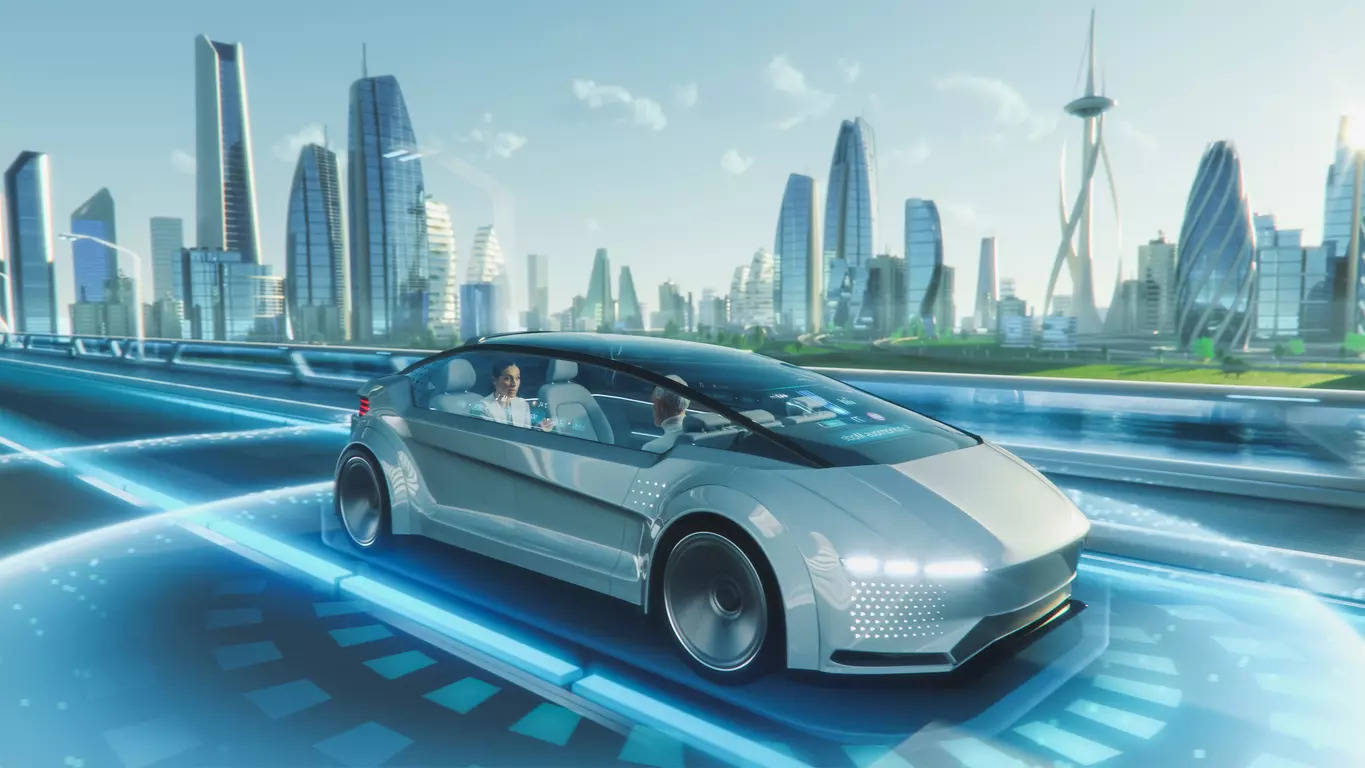
New Delhi: Tesla’s Autopilot, a suite of autonomous driving features, has emerged as a major pull factor for the American EV maker, currently the second largest in the world. Among other things, Autopilot allows Teslas to self-drive from the entry point to the exit point of a highway. Technology start-up Minus Zero wants to offer the same in production vehicles in the next 2.5 to 3 years.
“It’s like a highway autopilot system. You can do everything on the highway, end to end, but the driver needs to be there considering the regulations that we have in the country as of now,” Gursimran Kalra, Co-founder and COO, Minus Zero told ETAuto. The “best part” as claimed about the system is that it can also work in Indian driving environments where there are potholes, or no lane markings. The system will allow hands-free driving on the highway, but in situations like taking a left/right turn in a junction, the driver will have to take control.
The indigenous technology development, using only cameras and advanced computing, is being done by a team of 20 engineers in Bengaluru. The start-up plans to double the team size in the next four months. Minus Zero’s nature-inspired AI technology uses eight to twelve cameras, depending on the vehicle size, to allow autonomous driving.
Collaboration with OEMs
As the ADAS (Advanced Driver Assistance System) trend gains more traction, OEMs are increasingly adopting it to strengthen their product/brand proposition. In the volume PV market, Mahindra and MG have taken the lead, but the trend is entering the commercial vehicle space too. Industry majors Tata Motors and Ashok Leyland are the first set of truck makers in India to subscribe to this technology trend.
Tata Motors announced ADAS for its trucks in 2022, the same year when Ashok Leyland signed an MoU with British AI-enabled autonomous tech provider Aidrivers to develop autonomous trucks for operations mainly in terminals.
The Minus Zero-Ashok Leyland ‘strategic alliance” is learnt to have a larger scope of possibilities. A joint Press statement by the partners states that ‘this long-term partnership aims to revolutionize commercial trucking through the deployment of autonomous solutions at scale’. It is learnt that the first pre-production vehicle under this collaboration could be ready in 12-18 months.
Similar to the product/s under Aidrivers collaboration, the focus of the latest partnership in Indian automotive industry will be on developing ‘tailored autonomous trucking solutions for ports, factory operations and corporate campuses’. The future may see the partners deploying the autonomous driving technology in ‘hub-to-hub applications and long-haul trucking’, of course subject to evolving regulatory frameworks surrounding autonomous driving.
Market for the swiftly evolving technology
“The market is there for scalable and efficient, in terms of technology and cost, autonomous driving technology solutions,” says Kalra. According to a CRISIL Report, the market for ADAS solutions in India, which was pegged at USD 169 million in FY23, is expected to touch USD 1 billion by FY28.
The autonomous driving technology stack by Minus Zero claims to offer full autonomy to any vehicle in a “campus-like environment”, whereas on public roads the autonomous driving capability will be “L2 and /L3”. In L2 or L2+ Autonomous Driving vehicles, the features offer advanced levels of assistance (examples: Lane Keep Assist, Automatic Emergency Braking), whereas in L3 vehicles, there’s some level of autonomy (like hands-free driving in specific scenarios), but the driver has to be alert enough to take control of the vehicle if required.
Technology work in progress
Autonomous Driving technology has been making significant progress, thanks to the swift development in AI technology, across the world. Minus Zero, which is ramping up its capabilities by hiring advanced technology talent, is also working on making its technology proposition more robust. “We are also still maturing as of now. There are some critical edge cases which we are working on,” says Kalra.
Since Minus Zero’s technology solution is only camera based, there are some driving conditions like moderate to heavy rain, or dark areas where it may have some limitations. Kalra expects to successfully meet the challenge of autonomous driving in the dark in the next six to seven months. Infrared camera technology may be adopted to achieve that. Currently, Minus Zero’s tech suite uses automotive-grade Full High Definition cameras with GMSL (Gigabit Multimedia Serial Link) interface
To scale up its tech prowess, Minus Zero, which also raised USD 1.7 million in May 2022, is recruiting “really high experts” in AI, vision technology etc. And, the team is also building Foundational AI into the solution, in order to help better decision making.
With the demand for advanced technologies on the rise, and collaboration increasingly becoming the name of the game, technology providers can look for a brighter future. For Minus Zero, there may be one or more collaborations in the making.

















